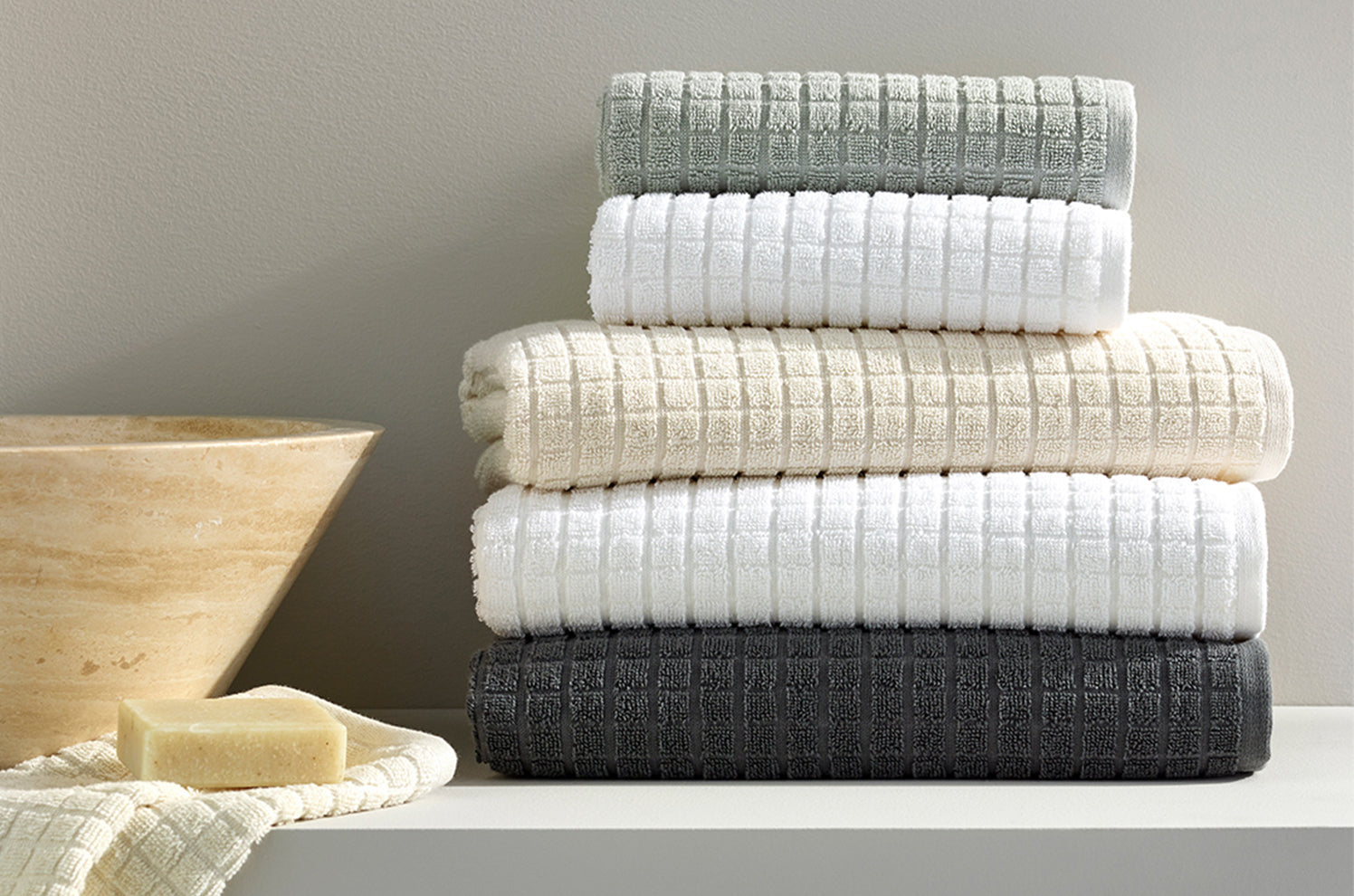Why? Because hemp is an anti-microbial material derived from the stem of the cannabis plant. (Yes, that cannabis plant. But think of hemp as marijuana’s more “sober sibling” since it only contains a small trace of the psychoactive component.) Plus, hemp is more absorbent to dyes and better at screening out UV rays, so it’s less prone to fading. It also possesses the ability to absorb and release moisture without deteriorating—perfect for longer-lasting towels! But why, exactly, is hemp so sustainable? Let’s find out.

It's a low maintenance plant
The Cannabis sativa plant is one of the fastest-growing plants on the planet—and it doesn’t require much land to proliferate. (Hence the colloquial term “weed.”) It also grows incredibly quickly, averaging only 100 days from planting to harvest, versus six months for cotton. Since cannabis processing is also often done mechanically, there are little to no harmful effects on the environment. Plus, minimal water usage or irrigation is necessary. Furthermore, the plant is a natural pest repellent, so pesticides are not required for growth.
It's a biodegradable, zero-waste plant
Due to having an abundance of the organic compound cellulose, hemp is biodegradable and incredibly sturdy. Fun fact – hemp was used in the ropes and sails on the ships Columbus sailed to the New World! Plus, the entire plant can be used for a variety of purposes. Besides textiles, there’s hemp paper, hemp oils, hemp seeds and leaves (used in food), and building materials such as hempcrete.
It gives back to the environment
Hemp-made materials can absorb large amounts of carbon dioxide, which provides better air quality and a thermal balance that, in turn, creates a positive environmental impact. During the “paddock retting” process, which is when the fiber is removed from the stem itself, 60-70% of hemp’s nutrients are then released back into the soil, making for perfect new-crop conditions.
